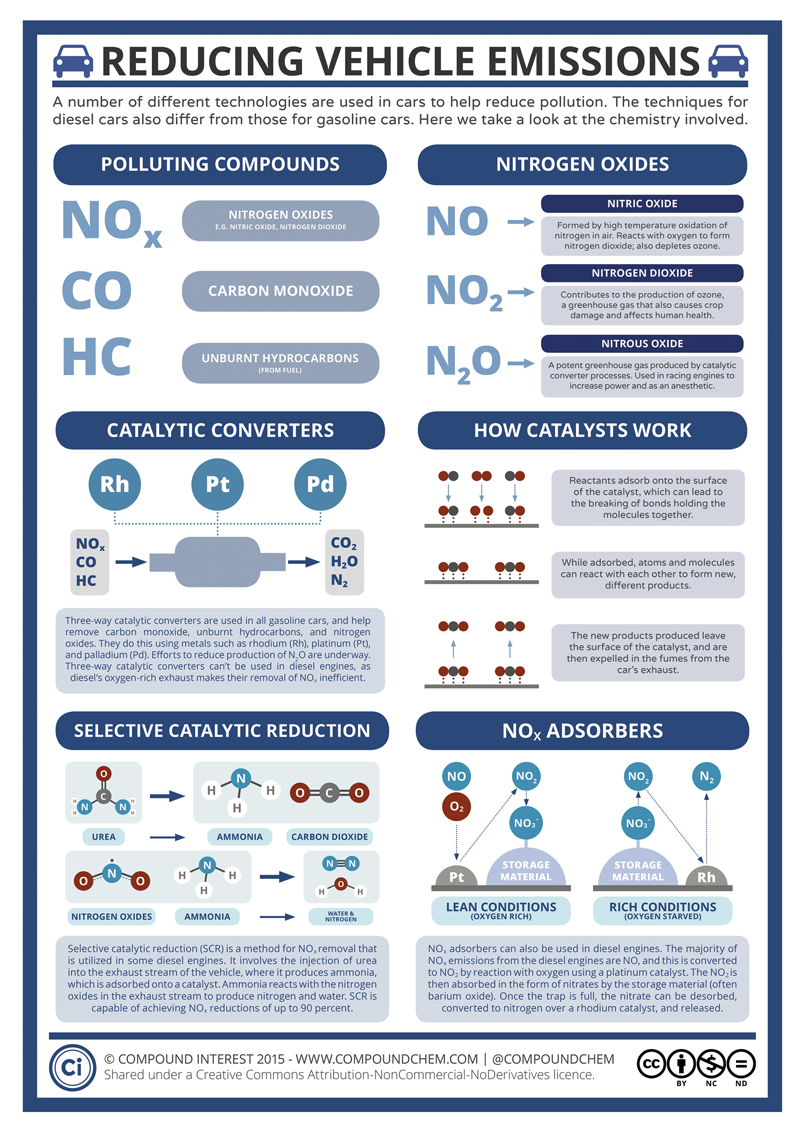
This Article From Issue
July-August 2016
Volume 104, Number 4
Page 204
DOI: 10.1511/2016.121.204
A number of different technologies are used in cars to help reduce pollution. The techniques for diesel cars also differ from those for gasoline cars. Here we take a look at the different chemistry involved.


American Scientist Comments and Discussion
To discuss our articles or comment on them, please share them and tag American Scientist on social media platforms. Here are links to our profiles on Twitter, Facebook, and LinkedIn.
If we re-share your post, we will moderate comments/discussion following our comments policy.